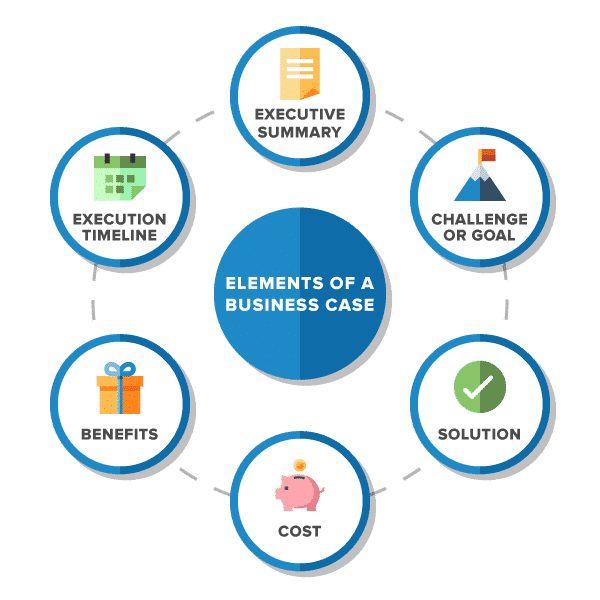If you have visited a brick-and-mortar store, which all of us have, then you have already seen a form of asset tracking when the cashier scans your items using a scanner.
Essentially, asset tracking is nothing but keeping track of the equipment in your inventory by using barcode labels or tags that can broadcast the current location of these products. Asset tracking using barcodes require a scanner to check out the products. In case of tags, techniques like Radio Frequency Identification or RFID or GPS is used to track the location of the product.

Here are some top reasons why business owners should invest in asset tracking.
In this article...
Asset tracking helps prevent loss and aids recovery of products
The fundamental goal of implementing asset tracking is to monitor the products that enter and leave your organization. A GPS enabled tag reduces the chances of a product getting lost while it is being moved between warehouses or departments. Even if you happen to lose the product, the tag will help you to easily locate and recover it. This eliminates multiple trips in search of a lost product and increases efficiency.
Also, usually, a lost product has to be replaced with another one. This results in unnecessary purchases. Losing products and repurchasing is common in businesses but, having an asset tracking system in place will aid in the quick recovery of a lost product thus eliminating unnecessary purchases.
Asset tracking uses automated inventories
Running a business means taking up the tedious task of controlling the inventory. Physical control of inventory is a time-consuming and laborious process and is nothing less than a headache. In addition, the problem with manual inventories is that it is easy to lose track of products and it can result in an oversight when it comes to service and maintenance.
With asset tracking, tags and barcodes help you quickly scan products. The scanned products are then automatically entered into an inventory, reducing the chances of error. In addition, with asset tracking, it is easier to keep proper service and maintenance records as well.
The advantage of keeping a properly maintained service and maintenance record is that it reduces legal liability, especially when you are handling heavy-duty machinery, tools, and weapons.
Asset tracking reduces unwanted costs by eliminating ghost assets
Who doesn’t love a good ghost story right? Well, here’s one. Ghost assets can have a dire impact on your accounts. It causes errors in a company’s financial records, threatens compliance with regulations, and could result in high insurance costs.
Before we proceed any further, here is a brief on what a ghost asset is.
Essentially, ghost assets are assets that are broken, missing, or sold but have not been accounted for. Inaccuracies in accounting for such assets mean that they appear in inventories, account statements, financial records, insurance records, and so on, even when they do not exist.
For instance, say, a laptop that has been in the company for some time has been given for service. This has not been properly accounted in the inventory. A few months later, the entire company is busy looking for the same laptop everywhere possible. It has important information and no one has any idea where it is. You end up being legally liable for the laptop when all the while it has gone for service and is still there.
This is one of the simplest examples. In industries, a ghost asset could have much more serious consequences.
Asset tracking is one of the most efficient ways to eliminate ghost assets and their impact.
How you ask?
Well, one of the primary reasons why ghost assets happen is the disconnect between the various departments in an organization. Most companies still rely on manual records for keeping track of inventory and the changes made in these manual folders by one department may easily get lost or the other departments may not be able to view or access them.
Asset tracking software uses integrated, cloud-based platforms to help departments coordinate with each other. This way, if one department updates the inventory, it is automatically updated in the records of all other departments and each department gets a notification of the changes being made.
For instance, if the IT department needs to give a laptop for servicing, it should be entered into the asset tracking software along with the RFID tag or barcode assigned to it. These changes will be visible to the financial department. A staff member will pick up the laptop, drop it off at the service center, and enter the receipt into the system along with any other actions associated with the event. The serviced laptop will later be picked up by the staff and the action will be updated in the software which is then visible to all departments.
The laptop is accounted for and there are no ghost assets.
Asset tracking also enables periodic asset audits with ease. Periodic audits allow an organization to keep track of missing or ghost assets and strike them off records. Eliminating ghost assets using asset tracking is definitely an extensive process, but it ensures efficiency and reduces unwanted costs.
Asset tracking assists in organizing the layout of warehouses
Another attractive feature of asset tracking is that it helps you identify each product and their location in a warehouse. Such details help you to organize a warehouse in the most efficient manner. This facilitates easy movement of products to and from the warehouse.
You can group together products that have a similar use or are used together. Your workers do not have to go around the entire warehouse searching for items. They can simply use the asset tracking software to identify the items they need and their location.
This saves plenty of time and of course, time is money.
Staying on top of regulatory compliance
If you are running a business, then you are well aware of the numerous regulations you have to comply with. There are several regulatory requirements to make sure that your product stands out in terms of quality. Regulatory compliance means periodic testing, calibration, service, and maintenance. All the data from such tests need to be compiled into meticulous records and doing them manually can take days.
Asset tracking, on the other hand, enables such reports to be completed in a few minutes.
For instance, if you integrate your asset tracking software with a maintenance management software, the result would be that the maintenance records for each of your assets would be automatically consolidated in a precise manner with all the relevant details. This, in turn, saves you long, laborious hours of preparing detailed maintenance reports.
Asset tracking helps you keep up with the life cycle of your products
Since asset tracking is automated, for the most part, it can be programmed to perform a variety of functions. One of the most important functions is to help you keep track of asset life cycle.
For instance, in the production or manufacturing industry, asset tracking software can be used to enter the stages of production of each product. The software records all the details of production from start to finish without having to manually log the movement of the products.
Asset tracking can also help determine the operation efficiency of certain products which in turn helps you to immediately eliminate the products from your system. This increases efficiency and allows you to replace these products promptly.
Asset tracking allows for better customer service
What does a good customer service entail? It involves delivery of the highest-quality products within the stipulated time in the most cost-efficient manner.
You can achieve all of this using asset tracking. Asset tracking enables excellent performance by making sure that all equipment is functioning in the smoothest and most efficient manner. It also helps to allocate resources so that the project runs without a glitch. Should there be any discrepancies, the asset tracking software will catch them on time, helping you to promptly carry out a remedial action to fix the problem. In addition, asset tracking eliminates unnecessary operations and a good amount of manual labor which in turn results in cost-savings.
The end result is that you are able to complete and deliver a project on time. This means increased customer satisfaction, loyal customers, and increased profits.
Asset tracking is an automated solution that is being increasingly used in a number of industries. A large number of healthcare facilities, schools, IT industries, manufacturing and production industries are now using asset tracking software because of the benefits mentioned above. In the medical industry, it is used for keeping track of hospital supplies and medicines at the most basic level of the hierarchy. In schools, RFID tags are used for identifying and keeping track of students. All these industries are proof that asset tracking is an excellent investment when your company is managing a large number of assets.



